For a career that spans nearly 5 decades, Brian De Palma’s style and subject as a filmmaker remains strikingly consistent. Unlike his New Hollywood contemporaries (Spielberg, Scorsese, Coppola), De Palma has never strayed far from his generic comfort zone.
Unlike Martin Scorsese, De Palma did not embrace the crime thriller or gangster film early in his career. Indeed, his early films range from horror (Murder a la Mod, released in 1968) to comedy (Hi, Mom! released in 1970 starring Robert De Niro). In the 1970s, De Palma focused primarily on infusing the horror genre with his own peculiar idiosyncrasies. Sisters (1973), starring Margot Kidder (perhaps better known as Lois Lane in the Superman movies of the 70s and 80s) as a French-Canadian model, evinced many of the aesthetic and thematic elements that would go on to characterize the primary auteurist aspects of De Palma’s filmography. Sisters is at once a crime drama and a psychological horror film, as investigative reporter Grace Collier (Jennifer Salt) witnesses Danielle Breton (Kidder) committing a murder in her apartment from across the street. As Grace continues her investigation, it’s revealed that Breton and her twin sister were conjoined twins who had been recently separated. Here, De Palma delves deep into the psychological state of both Danielle and her unseen twin sister (who is only heard off-camera). In Sisters, De Palma also shows off his use of split-screen to show two actions happening at once. He would later use this technique in his next film, the horror/rock musical The Phantom of the Paradise, a bizarre adaptation of The Phantom of the Opera.
By 1976, however, De Palma would find his niche with Obssession, a Hitchcockian thriller starring Oscar winner Cliff Robertson (better known as Uncle Ben from Sam Raimi’s Spider-Man trilogy) as a businessman in New Orleans whose family is kidnapped and killed after he is unable to pay the ransom. Recalling Alfred Hitchcock’s Vertigo, Court (Robertson) travels to Florence, Italy, and finds a his wife’s doppelganger (Genevieve Bujold) and promptly falls in love with her. At the same time, in 1976, De Palma also released one of his more famous films: an adaptation of Stephen King’s Carrie. He would return to the horror genre yet again in 1978 with The Fury.
Although his focus in genre changed in the 1980s from horror to thriller, De Palma’s emulation of Hitchcock did not cease. In the 1980s, a pattern begins to emerge that is reminiscent of French New Wave filmmaker Francois Truffaut’s adulation of Alfred Hitchcock. Throughout his career, Truffaut had a number of films that had attempted to recreate the thrill of Hitchcock, although most failed to achieve that goal.
In the 80s, De Palma combines two of Truffaut’s elements – his Hitchcock-like thrillers, and his films-about-films. While Truffaut made films that reveal the glories and dramas of cinematic production, De Palma’s films illuminate the seamy underbelly of Hollywood. Blow Out (1981), starring John Travolta, revolves around a sound technician working on an exploitation who discovers a murder while listening to sound recordings. Body Double (1984) is perhaps more Hitchcockian in style. If Obssession was ostensibly inspired by Vertigo, than Body Double is clearly inspired by Rear Window. Craig Wasson plays a struggling actor who is given a caretaker job at a wealthy friend’s mountain-top home. Drawing on the scopophilia of Rear Window (and, to a certain degree, De Palma’s earlier film Hi, Mom!), Scully (Wasson) becomes a Peeping Tom who ends up becoming embroiled in a murder.
Around this time, De Palma also made films in the other prominent genre he is known for – the gangster film. Scarface (1983), perhaps De Palma’s most famous film, has become embedded in popular culture. De Palma’s other well-known gangster film released in the 80s, The Untouchables (1987), is also famous for its thrilling staircase shootout that was inspired by the Odessa Stairs scene in Russian formalist Sergei Eisenstein’s Battleship Potemkin (1925).
For De Palma, the 1990s saw varying degrees of success, likely as a result of a poorly executed mishmash of his proclivities. Films like The Bonfire of the Vanities (1990) and the Nicolas Cage vehicle Snake Eyes (1998) were critically reviled and bombed at the box office. The lowkey psychothriller Raising Cain (1992) and the cult gangster film Carlito’s Way (1993) were returns to form. Raising Cain stars John Lithgow (a frequent collaborator with De Palma) as a child psychiatrist with a split personality disorder. Carlito’s Way reunites De Palma with Scarface star Al Pacino as a Puerto Rican gangster.
De Palma’s one financial success in the 90s was Mission: Impossible, an adaptation of the TV show of the same name. Whether he intended to or not, with this film De Palma launched a franchise that continues to produce installments to this day, although this film accentuated stealth rather than the adrenaline of the sequels.
De Palma has had few successes in the new millennium, suggesting an auteur that is tired and passed his prime. Despite its cult following, 2000’s Mission to Mars, was only a moderate financial success and was decimated critically. The 2002 thriller Femme Fatale and the 2006 thriller The Black Dahlia were underseen and critically panned.
While De Palma’s career is decades-spanning, the quality of his work is consistently serviceable. Even his weakest efforts – of which there are many – often include a few sequences of note. Carlito’s Way is one of De Palma’s longest and most plodding films up until the well-executed chase sequence through a train station. Regardless, De Palma’s films rarely achieve anything more than a middling level of adequacy.
The retrospective Split/Screen: The Films of Brian De Palma runs from June 18th to September 3rd at the TIFF Bell Lightbox. You are encouraged to check some of De Palma’s finer works: Hi, Mom! on July 7th, Carrie on July 8th, Obsession on July 14th, Blow Out on July 16th, The Untouchables on July 30th, Mission: Impossible on August 18th, and Mission to Mars on August 25th.
Click any of the other titles mentioned in the article for showtimes and admission.
*********
Do You Tweet? Follow These Tweeple:
Mark Barber: @WorstCinephile
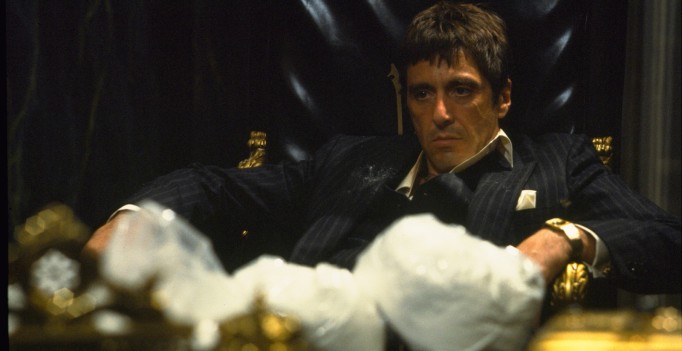
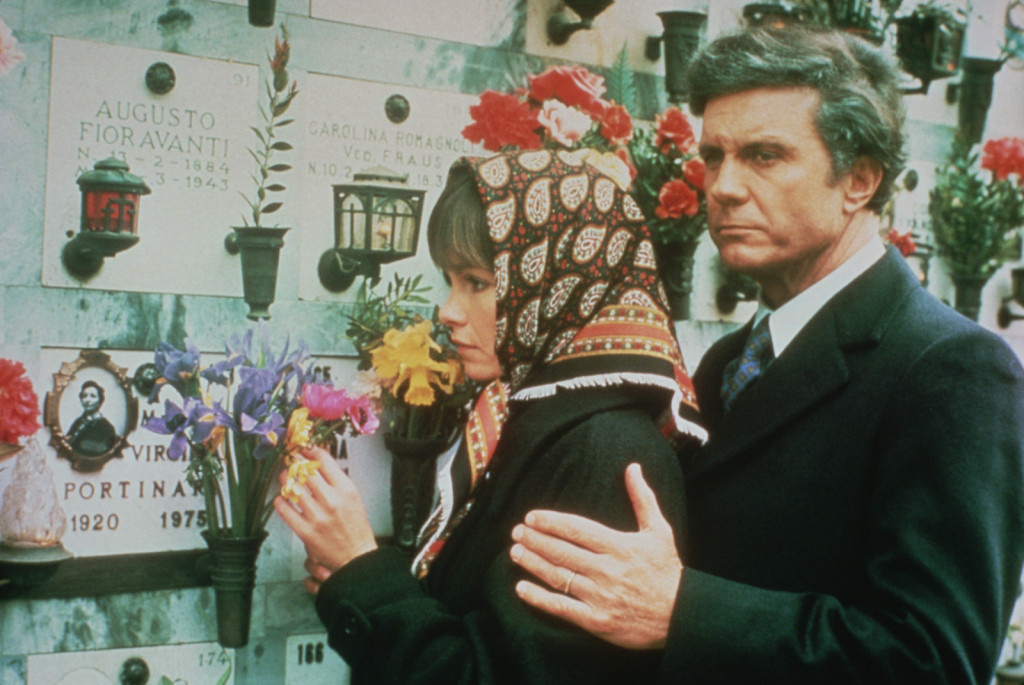
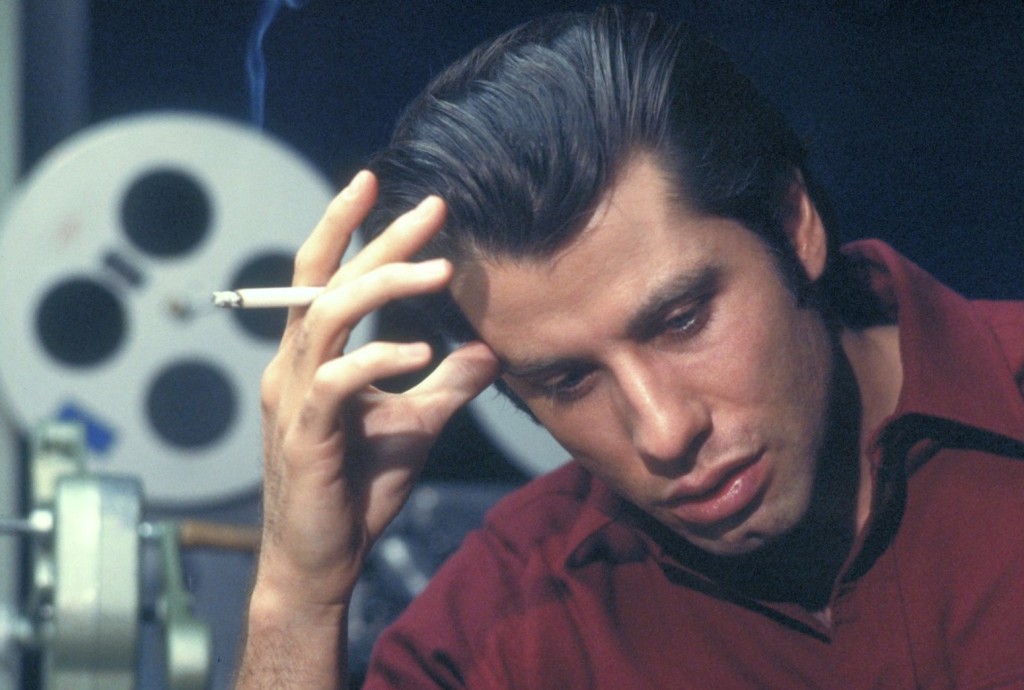
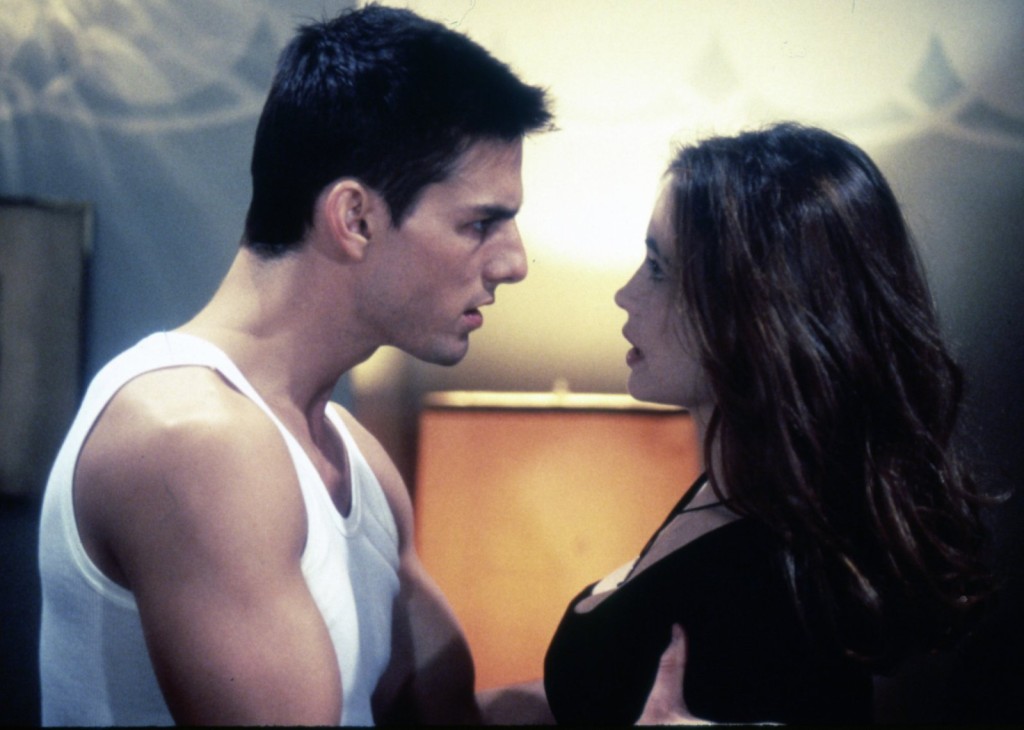
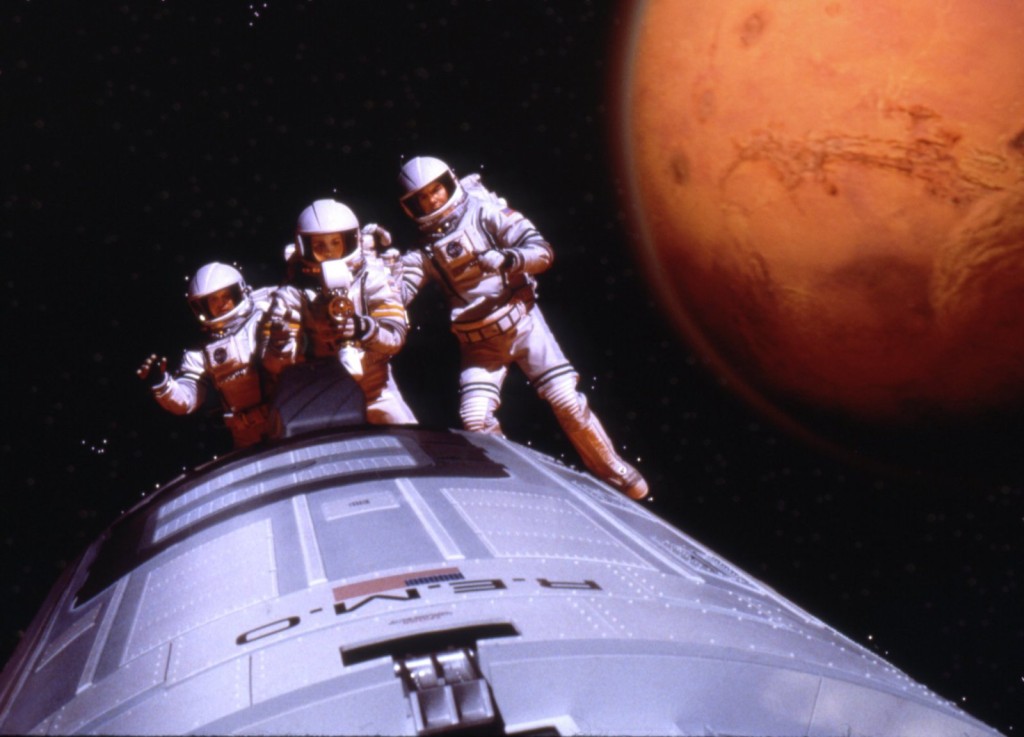




Be the first to comment